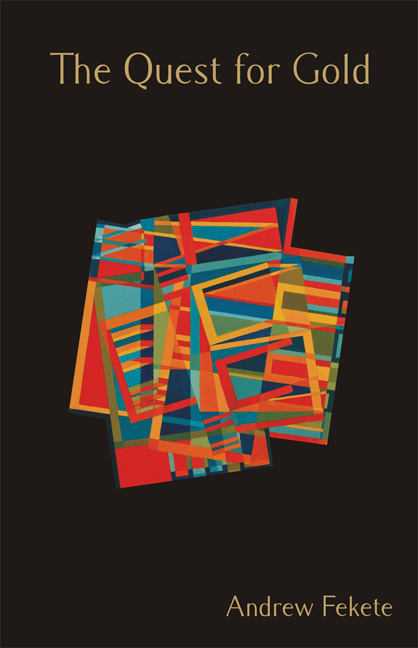Book contents
- Frontmatter
- Dedication
- Contents
- Preface
- The Voyage into Night
- 1 Ariel
- 2 The Serpent
- 3 The Hidden Continents
- 4 The Foundation
- 5 The Light of Darkness
- Selected diary entries for the period during the composition of The Quest for Gold
- Punishment for the Transgressors
- Symbols of Creation and Destruction
- Appendix Revised versions of two poems
- Platesection
Symbols of Creation and Destruction
- Frontmatter
- Dedication
- Contents
- Preface
- The Voyage into Night
- 1 Ariel
- 2 The Serpent
- 3 The Hidden Continents
- 4 The Foundation
- 5 The Light of Darkness
- Selected diary entries for the period during the composition of The Quest for Gold
- Punishment for the Transgressors
- Symbols of Creation and Destruction
- Appendix Revised versions of two poems
- Platesection
Summary
I
There is clearly a fine dividing line between inspiration and madness and this is something which Jung frequently refers to:-
“Experiences of this kind are not without their dangers, for they are also … the matrix of the psychoses.” (CW9 Part I: The Archetypes of the Collective Unconscious - Page 351, Para 621.)
In view of this, the lack of concentration upon the connection between the alchemical literature and its symbolisms with the unconscious transformation symbolism found in the material of individual patients is a serious omission and is something of an embarrassment for an evaluation of Jung's work as a psychologist.
On the matter of the potential dangers involved in contact with the unconscious, we have sufficient hints in Jung's work as to encourage us to approach the subject with caution. We also know from his autobiographical memoir Memories, Dreams and Reflections that early on in his career he himself experienced episodes of near breakdown which bordered on psychosis. It was also during this period that he had an experience of the synchronistic and parapsychological phenomena which appear to accompany such episodes. Some insight into these matters can be provided by the luminous mandala drawings executed by him and by his visionary prose poem Sermones ad Mortuos. We find that when we encounter such experiences we are indeed not only in the grip of a fascination with the unconscious which can be so strong as to permit of such phenomena as automatic writing and “possession”, but we also find ourselves faced with philosophical, existential and religious questions which can challenge us to the core of our being.
- Type
- Chapter
- Information
- The Quest for Gold , pp. 171 - 182Publisher: Liverpool University PressPrint publication year: 2016



